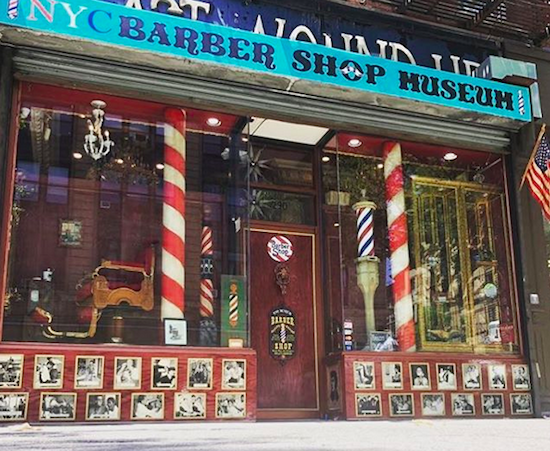When visiting a hairstylist, having the ability to accurately communicate your desired haircut is essential for reaching the intended look. A well-defined explanation enables the stylist interpret your expectation and reduces the chances of miscommunication. To ensure that you get the haircut you want, it is necessary to get ready in advance and consider several key factors when expressing your style goals. These factors include hair length, consistency, design, and any specific features that you would like to incorporate.
Firstly, consider the length of your hair. Haircuts can range from very short styles like pixies to long layers that fall below the shoulders. It is helpful to specify whether you want a trim, a significant cut, or a complete transformation. Using precise terms such as "shoulder-length" or "mid-back" can provide clarity. Additionally, discussing the possibility of bangs or layers helps the stylist visualize your request more accurately. Being clear about how much length you wish to maintain or remove will significantly influence the outcome of your haircut.
Next, hair consistency plays a crucial function in shaping how a haircut will appear. Various hair types—such as sleek, rippled, curly, or coily—respond differently to various styles. When explaining your preferred haircut, it is essential to note your hair's natural texture and whether you intend to utilize any styling tools or formulations. For example, if you have dense hair, you may want to request for de-bulking methods to reduce volume. Conversely, if your tresses is fine, you might opt for texturizing that add volume. This information enables the stylist to customize the style based on how your hair find responds.

In addition to length and texture, sharing the general look you want can provide guidance for the hair professional. There are a variety of haircuts to select, including timeless styles like blunt cuts and contemporary variations like angled cuts. It is helpful to provide examples of hairstyles that you like—these could be photos from magazines or online portfolios. Pointing out specific elements such as blended lines, defined outlines, or stacked layering can help conveying your idea more clearly. This ensures that both you and your stylist are on the same understanding regarding desired outcome.
Finally, don't neglect to mention any unique features that might elevate your hairstyle. This could include aspects such as facial structure or individual aesthetic choices that influence the overall appearance. For instance, those with circular face shapes might prefer soft angles to lengthen their profile, while individuals with angular face shapes may choose softer layers to soften their jaw structure. Furthermore, discussing color options can also be part of this consultation; specifying if you want accent tones or a solid color can better shape your desired result.
In conclusion, effectively conveying your ideal haircut requires thoughtful consideration of several important factors: length, texture, look, and unique features. By preparing in ahead of time and being specific about these aspects, clients can significantly improve their experience at the salon and boost the chances of walking out with a result they love. A successful consultation with a hair professional is built on clear communication and shared expectations. This collaborative approach guarantees that both guest and web link stylist collaborate towards achieving the desired outcome.